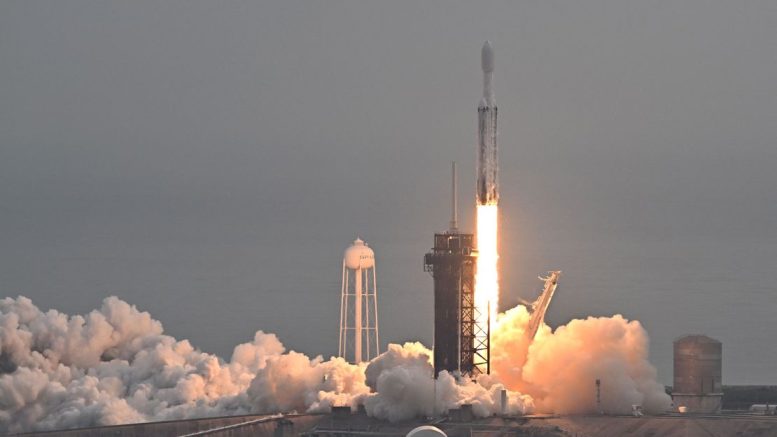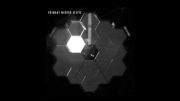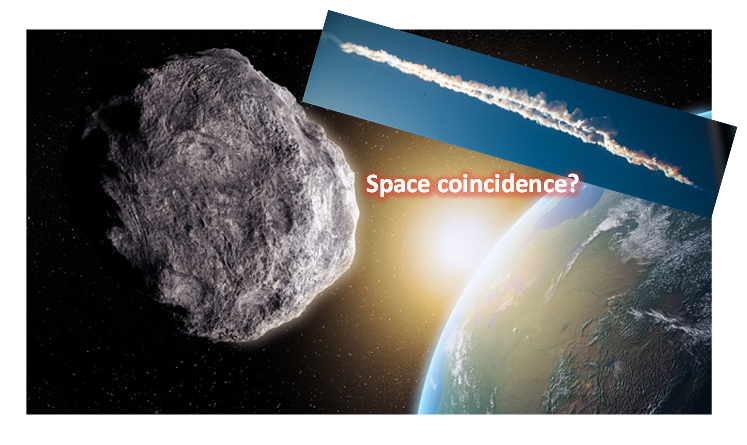Launched on October 13th, 2023, at the Kennedy Space Center, the Psyche Mission is NASA’s journey to a one-of-a-kind metal-rich asteroid orbiting the Sun between Mars and Jupiter. The asteroid in question is named 16 Psyche, and it contains the exposed nickel-iron core of an early planet, one of the building blocks of our solar system. This feature raises hopes that the mission will enhance human understanding of Earth’s planetary core.
Many hold optimistic views about the mission. “The Psyche mission could provide humanity with new information about planet formation while testing technology that can be used on future NASA missions. As Asteroid Autumn continues, so does NASA’s commitment to exploring the unknown and inspiring the world through discovery,” declares NASA administrator Bill Nelson after the successful launch of the SpaceX Falcon Heavy rocket. Nicola Fox, the associate administrator for the Science Mission Directorate at NASA Headquarters in Washington, explains, “By studying asteroid Psyche, we hope to better understand our universe and our place in it, especially regarding the mysterious and impossible-to-reach metal core of our own home planet, Earth.”
With numerous incentives in mind, NASA’s Psyche mission offers a promising method of expanding the human knowledge base. With 16 Psyche exiting within our solar system, the mission avoids interstellar ventures, which is still impossible based on current methods of space travel. But what does the history of this asteroid look like? How might it have formed?
Shedding light onto the matter, Henry Stone, the project manager at NASA’s Jet Propulsion Laboratory, explains “[16 Psyche] is believed that it may be a remnant core of an early planetesimal that was formed in the very, very earliest parts of the formation of the solar system.” Also explaining the evolutionary history behind 16 Psyche, David Ho states “After this planet started forming and this metal core formed inside of that, it collided with other bodies that then stripped off the rocky mantle, leaving this core in place.
So, can’t we just send a spacecraft to this asteroid to answer our questions? After all, that is how we have made past discoveries of other space objects. But it’s not as easy as it seems. This feat is not quite feasible just yet. Jim Bell, imager instrument lead at Arizona State University, explains, “Unfortunately, this is the part of a planet that we can’t directly sample today. It is too hot, the pressure is too high, and our instruments would melt. You can’t drill a hole that deep in the Earth or other planets.”
These limitations of human technology force scientists to take on another approach: exploration via orbit and vision-based analysis. “Psyche gives us the opportunity to visit a core, the only way that humankind can ever do. It would be the first metal object that humankind has ever visited,” claims Lindy Elkins-Tanton, principal investigator from Arizona State University.
The SpaceX Falcon Heavy rocket chosen for this mission is equipped with state-of-the-art technology designed to collect precise data from the orbital path. David Ho, the Chief Engineer of Operations at the Jet Propulsion Laboratory, explains, “Our payload consists of a couple of imagers, which are cameras that take pictures of Psyche. Also a gamma-ray and neutron spectrometer, which allows us to measure the elemental composition of the surface of Psyche. And finally, a magnetometer, which will allow us to detect any magnetic field that’s left at Psyche.” From high-resolution imagers capturing precise snapshots to a gamma-ray and neutron spectrometer hinting at the elemental mysteries of Psyche’s surface, this mission stands at the forefront of space discovery. Jim Bell, imager instrument lead at Arizona State University, says, “We also use the radio on the spacecraft as an instrument, so we can map out the gravity.” The seamless integration of technology and telemetry underscores the precision and ambition driving the Psyche mission, marking a new step in mankind’s quest to unravel the mysteries of our solar system.
As the spacecraft sets out on its journey to 16 Psyche, it carries the team’s hopes of uncovering mysteries in space and expanding the human knowledge base of the building blocks of our solar system. The work at NASA pushes the boundaries of human knowledge and understanding to the very limit. As Psyche ventures into the depths of space, it also looks to inspire future generations to aim high and explore the fascinations that lie beyond our planet. In the quest for knowledge, Psyche’s mission symbolizes the high-aiming human spirit, forever engrossed in the pursuit of knowledge and discovery.






Be the first to comment on "The Psyche Mission: NASA’s Journey to a Metal World"